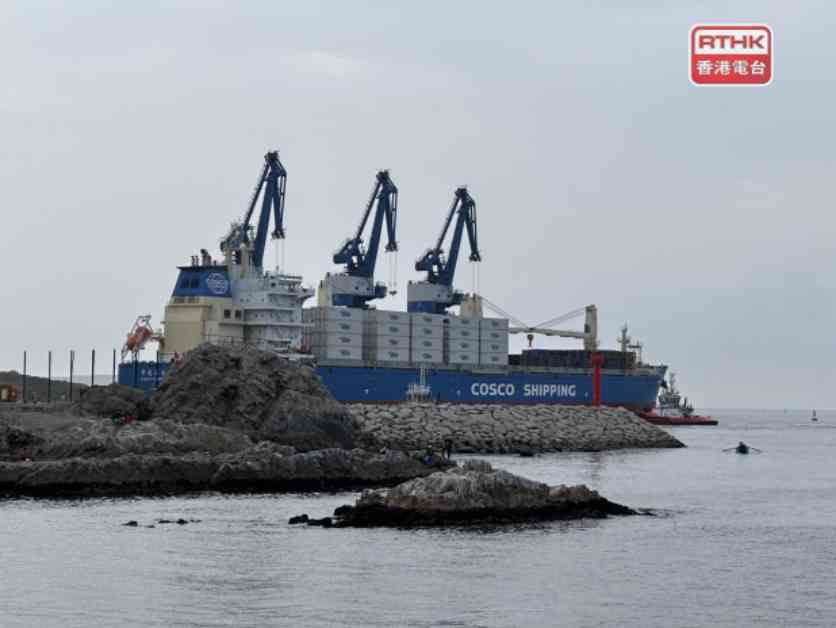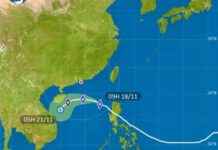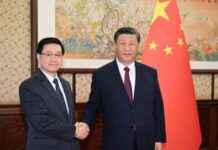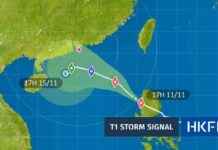The Hong Kong government is in talks to finalize a free trade agreement with Peru, as Chief Executive John Lee journeys to the South American nation for the Asia-Pacific Economic Cooperation economic leaders’ meeting this week. The Trade Development Council, or TDC, is also optimistic about a new port near Lima, Peru’s capital, boosting cargo trade between the two regions.
Peru stands as Hong Kong’s fifth largest trading partner in Latin America, with merchandise trade surpassing HK$5 billion last year. While Latin American countries are resource-rich, they heavily depend on imports for daily essentials like clothing and household items.
Economist Alice Tsang, head of the global research team at TDC, anticipates increased Hong Kong business ventures in Peru once the free trade agreement is signed. She notes growing consumer spending in Peru, especially for high-end products post-Covid. Tsang highlights how Peruvian department stores are sourcing products from Hong Kong, mainland China, and Southeast Asia, with some developing in-house brands produced by SAR companies.
The proposed free trade agreement aims to cut or eliminate tariffs, streamline customs processes, and enhance market access for both Hong Kong and Peru. China currently holds the title of Peru’s largest trading partner globally, with bilateral trade amounting to around US$37 billion last year.
A significant development in cargo trade is the construction of Chankay port by China Ocean Shipping Company (COSCO) in 2021, located near Lima, Peru. Once a remote fishing village, Chankay has been revamped into a deep-water port, potentially serving as a vital gateway for shipments to and from Latin America. The port recently soft-launched, with a sizable container ship stationed there during RTHK’s visit.
Tsang explains that operationalizing Chankay port could reduce shipment time between Shanghai and Peru by a week, leading to a one-third decrease in operational costs. The collaboration between China and Peru is seen as mutually advantageous, with consumer goods from China and Asia frequently reaching Peru. Following the completion of Chankay port, a container ship could make the Shanghai to Peru journey in 28 days, down from the current 35 days, resulting in over 30% cost savings due to decreased fuel usage and cheaper insurance from shorter sea travel.
Tsang suggests that the Chankay port project might not be directly related to trade tensions between China and the United States. Post-Covid, countries worldwide have recognized the importance of diversifying supply chains to mitigate risks and minimize disruptions. This move towards enhancing trade relations and infrastructure between Hong Kong, China, and Peru is expected to bring about positive economic growth and cooperation among the regions.



















